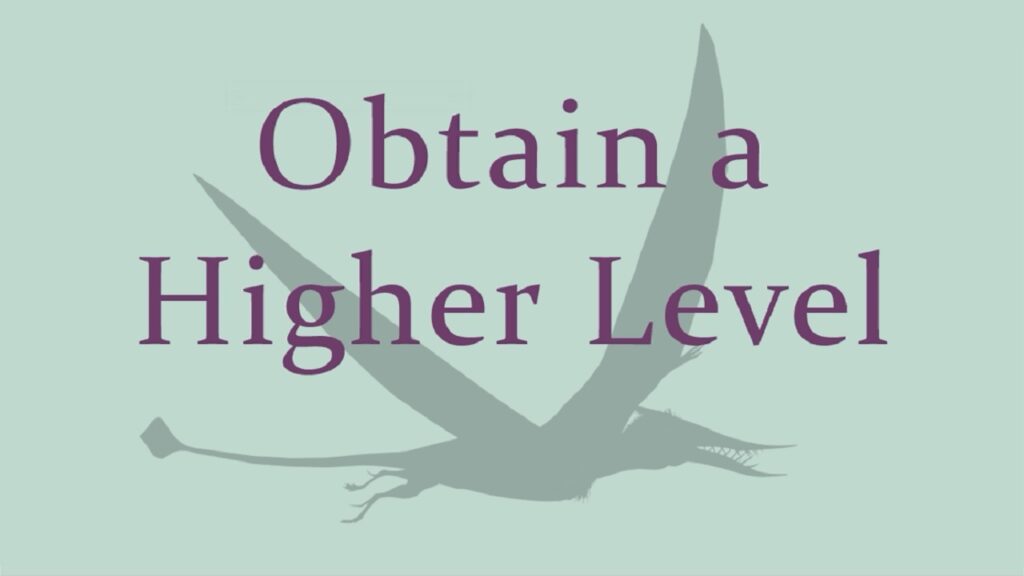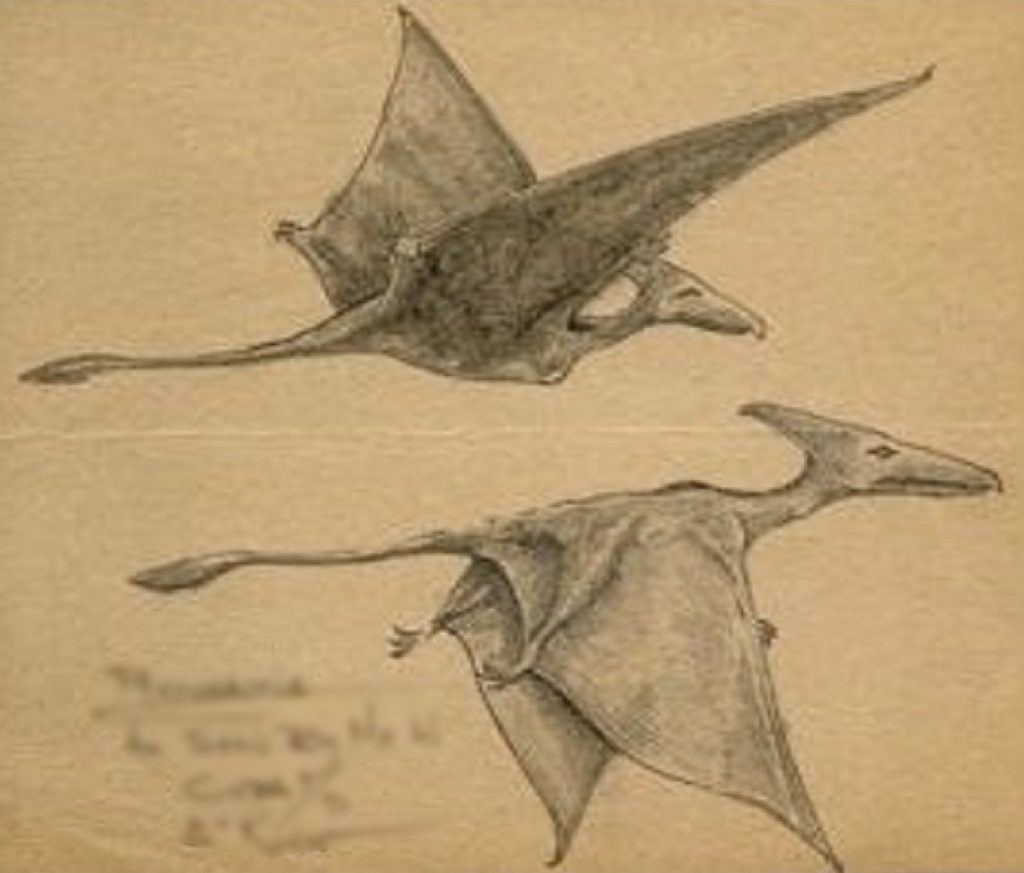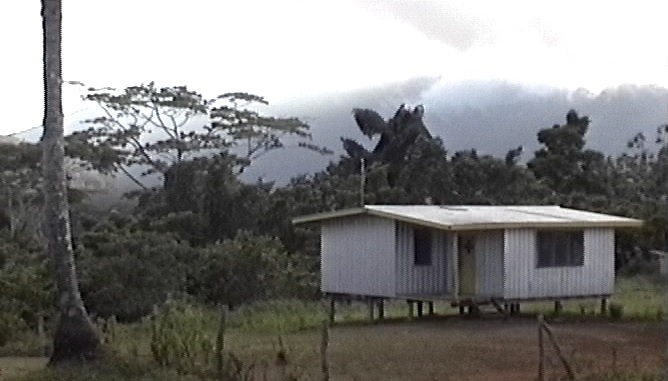Modern-Pterosaur Expeditions
By the executive director of Animal Discovery, Jonathan Whitcomb
When this nonprofit was organized earlier this year, two of the three original members of the board of directors had direct experience in searching for living pterosaurs in remote areas: me (Jonathan Whitcomb) and Peter Beach.
In fact, the expedition led by Peter Beach and Milt Marcy in 2015 resulted in what may have been the first video footage of a living pterosaur being recorded in a remote jungle and carried back to the United States for distribution on Youtube and elsewhere.
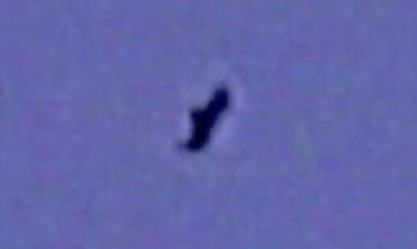
I applaud the work of Marcy and Beach and delight in their success in getting back home safely to the United States with the video footage. Even though it was far below the standards we expect from the work of a professional wildlife photographer, they did not have the funds, on that expedition, to take with them such a professional.
Ropen Expedition #1 for the Year 2004
Many prayers were answered when I arrived safely back home in California, after my expedition on Umboi Island late in 2004. I was not able to see the nocturnal ropen during my two weeks on that remote tropical island, but I was able to interview many native eyewitnesses of the ropen.
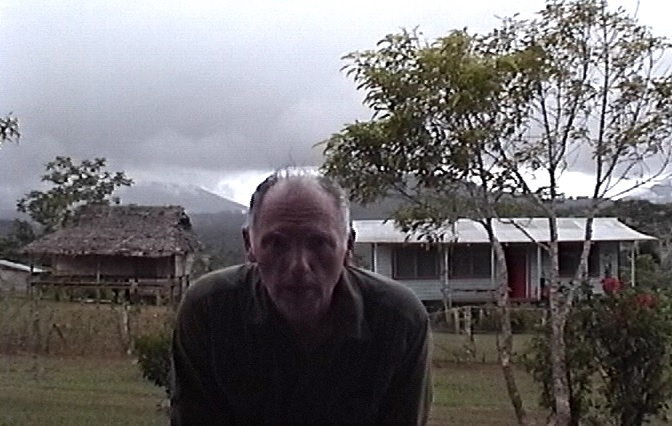
Rex Yapi on Umboi Island
I have been delighted at the diligent work of Rex Yapi, a native of Papua New Guinea who had a sighting of a ropen near Umboi Island. For the past few years, he has spent countless hours on expeditions and efforts to promote living-pterosaur expeditions in remote areas of Papua New Guinea.
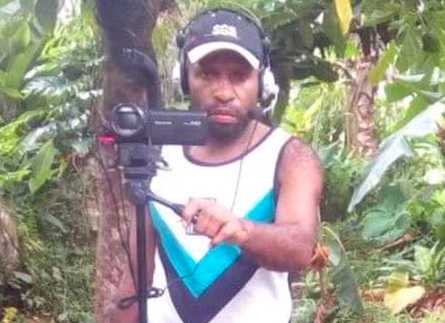
[to be continued]
